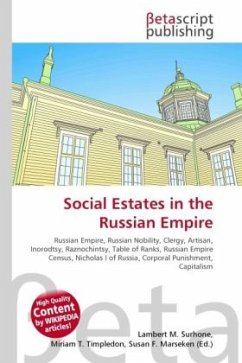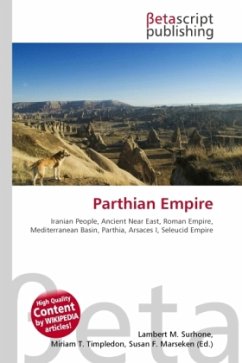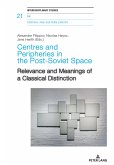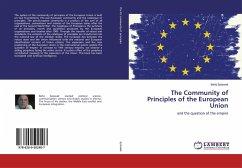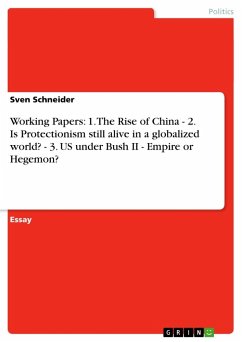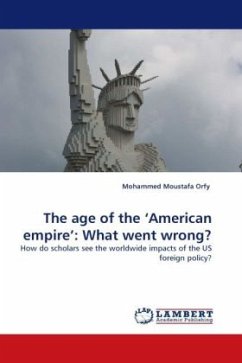High Quality Content by WIKIPEDIA articles! Social estates in the Russian Empire were denoted by the term soslovie (sosloviye), which approximately corresponds to the notion of the estate of the realm. The system of sosloviyes was a peculiar system of social groups in the history of the Russian Empire. In Russian language the terms " " and " " (in the meaning of the civil/legal estate) were used interchangeably. The Code of the Law of the Russian Empire of 1832, vol. 9, "Laws about Estates" ( ) defined four major estates: dvoryans (nobility), clergy, urban dwellers and rural dwellers (peasants). Within these, more detailed categories were recognized. See "Russian nobility: Categories" for dvoryans. Clergy was subdivided into "white" (priests) and "black" (monks). Urban dwellers ( ) were categorized into (hereditary distinguished citizens), (personal distinguished citizens), merchantry (ru: ), urban commoners (ru: ), and guilded craftspeople ( ).
Bitte wählen Sie Ihr Anliegen aus.
Rechnungen
Retourenschein anfordern
Bestellstatus
Storno

